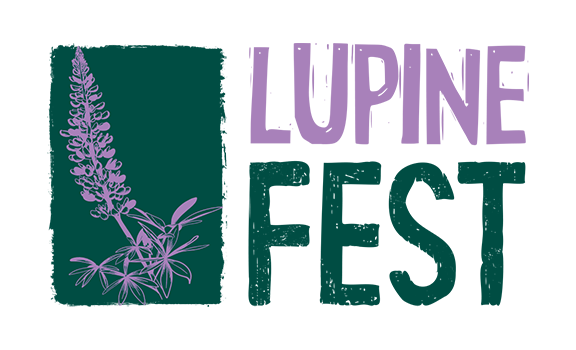Mowing & Cutting
When inland pine barrens can't be effectively managed with fire alone, we sometimes use mechanical techniques, such as mowing and cutting down trees.

Why use mechanical techniques?
We are tasked with restoring and maintaining an inland pine barrens ecosystem within the preserve. Mechanical techniques include mowing down, cutting down or pulling up plants. We use these techniques to reduce invasive or overabundant plants in localized areas of the preserve and to prepare areas for prescribed fire.
Prescribed fire is the best tool for maintaining intact pine barrens, but it alone cannot restore overgrown or highly degraded pine barrens. Using fire in overgrown barrens can result in fire behavior that is potentially dangerous to people and property. Using fire in highly degraded pine barrens can sometimes exacerbate ecological problems. In these cases, we first undertake mechanical management to prepare the landscape for future prescribed burns.
How can I help?
If you would like to volunteer to help detect and/or remove invasive species, check our events calendar for upcoming opportunities.
You can also email us at volunteer@AlbanyPineBush.org to inquire about volunteer opportunities for your group.
The nitty-gritty
Mechanical management can happen at any time of year. We try to schedule large management projects to have the least impact on both visitors and resident wildlife. Over time, as more pine barrens are restored, we hope to be able to rely more on prescribed burns and less on mechanical management.
Questions?
You may find the answer to your questions on our FAQ page.
If you have specific questions about management in certain areas of the preserve, please call or email the Discovery Center front desk (518-456-0655; info@albanypinebush.org)
You can find more information about our mechanical techniques in the "Ecological Restoration and Management" chapter of the 2017 Managmenet Plan Update.
Mowing
 (2).jpg)
We mow with machines called forestry mowers. These machines can grind through woody stems that are up to twelve inches in diameter. Mowing occurs in overgrown pine barrens to prepare them for prescribed burning. By shredding large woody shrubs and small trees, we are able to burn these sites with much safer and less intense fire behavior (lower flames).
Tree Removal

We hire contractors who use large forestry equipment (feller bunchers and skidders) to selectively remove overabundant, non-native, and/or crowded trees in the preserve. The purpose of tree removal is to restore a pine barrens ecosystem. Some areas of the preserve contain almost no remaining pine barrens plants. Contractors clear-cut these areas and remove the tree stumps. We then plant pine barrens species. In other areas, pine barrens species are present, but there are too many trees too close together. In these cases, trees are selectively cut and removed in order to increase the amount of light available for shrubs and ground plants.
Manual Removal
_200 x 152px.jpg)
We use variety of manual techniques to remove individual plants that are invasive species, or that are native but aren’t a part of the inland pine barrens ecosystem. Staff use chainsaws and both staff and volunteers use girdling and hand pulling to remove these plants.








